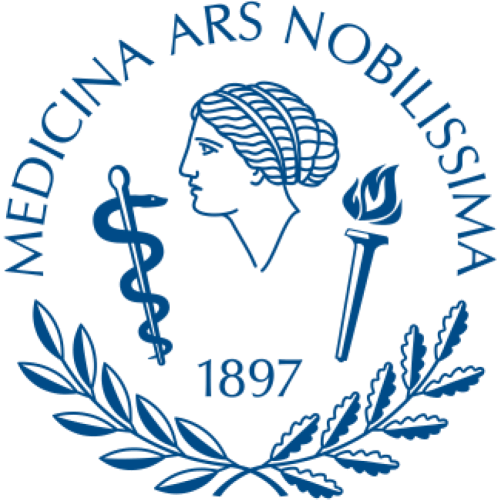Circulation Journal, volume 72, issue 5, pages 716-721
Clinical and Procedural Predictors of No-Reflow Phenomenon After Primary Percutaneous Coronary Interventions Experience at a Single Center
Cevat Kirma
1
,
Akin Izgi
1
,
Cihan Dundar
1
,
Ali Cevat Tanalp
1
,
Vecih Oduncu
1
,
Soe Moe Aung
1
,
Kenan Sonmez
1
,
Bulent Mutlu
1
,
Nihal Özdemir
1
,
Vedat Erentug
2
Publication type: Journal Article
Publication date: 2008-04-25
Journal:
Circulation Journal
scimago Q1
SJR: 1.140
CiteScore: 5.8
Impact factor: 3.1
ISSN: 13469843, 13474820
PubMed ID:
18441449
General Medicine
Cardiology and Cardiovascular Medicine
Abstract
The aim of the study was to identify clinical factors, angiographic findings, and procedural features that predict no-reflow phenomenon (Thrombolysis In Myocardial Infarction (TIMI) flow grade < or =2) in patients with acute myocardial infarction (AMI) who undergo primary percutaneous coronary intervention (PCI).A series of 382 consecutive patients with AMI underwent primary PCI within 12 h of symptom onset. Patients with ischemic symptoms continuing for more than 12 h were also included. Clinical, angiographic and procedural data were collected for each subject. Ninety-three (24.3%) of the patients developed no-reflow phenomenon, and their findings were compared with those of the reflow group. Univariate analysis showed that advanced age (>60 years), delayed reperfusion (> or =4 h), low (< or =1) TIMI flow prior to PCI, cut-off type total occlusion, high thrombus burden on baseline angiography, long target lesion (>13.5 mm) and large vessel diameter all correlated with no-reflow (p<0.05 for all). Multiple logistic regression analysis identified that advanced age (odds ratio (OR) 1.04, p=0.001), delayed reperfusion (OR 1.4, p=0.0004), low TIMI flow before primary PCI (OR 1.1, p=0.0002), target lesion length (OR 5.1, p=0.0003) and high thrombus burden (OR 1.6, p=0.03) on angiography as independent predictors of no-reflow phenomenon.The occurrence of no-reflow phenomenon after primary PCI can be predicted using simple clinical, angiographic and procedural features. In this selected group of patients, adjunctive pharmacotherapy and/or distal protection device may be of value.
Found
Are you a researcher?
Create a profile to get free access to personal recommendations for colleagues and new articles.




















